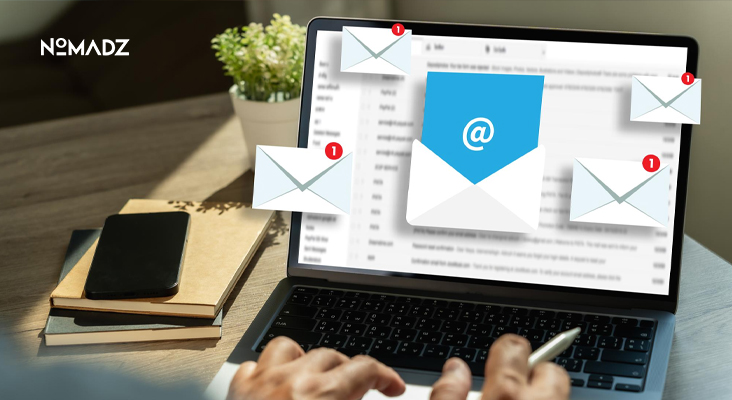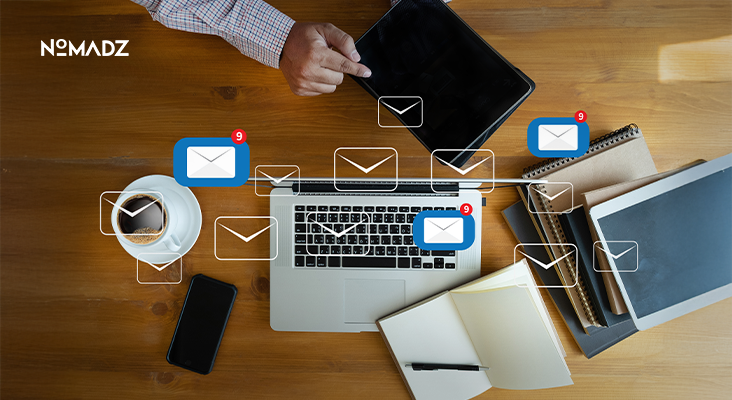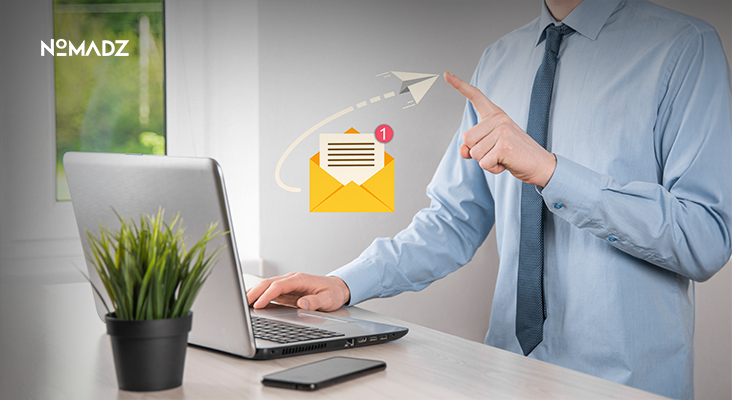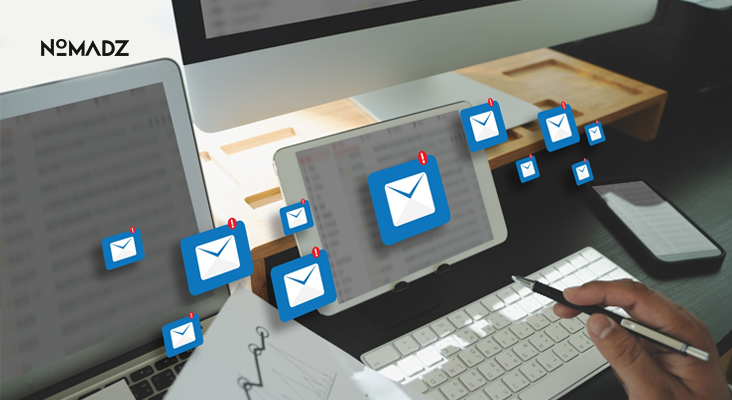The Power of Personalization: Crafting Emails That Speak to Your Audience
Generic emails are no longer sufficient in the fast-paced digital marketing world. It is what people desire the brands to see them, to know their needs, preferences, and behavior. Email personalization comes in at that point. It is not merely including the name of a person in the title line, but it is about crafting personalized experiences that will make the readers feel special and known.
When done properly, email personalization can transform a simple marketing message into a two-way communication that leads to engagement, loyalty, and conversion.
Why Email Personalization Matters?
Think about your inbox. What makes you open an email? It is often one that is pertinent. Personalized messages are unique, whether it is a product suggestion based on what you have bought recently or a reminder of something you came across on the internet.
That is the magic of email personalization because it relates data to emotion. Through understanding customer experiences, such as history of previous interactions, likes, or buying behavior, brands can provide content that they can relate to personally.
Research findings indicate that customized emails can increase the rate of opening the emails to a high of 26 percent and increase the rate of clicking through the emails. It is evidence that emails can be personalized, and they will attract more attention.
Also Read: A Complete Guide on Reach vs. Impressions
The Building Blocks of Effective Email Personalization
Developing personalized emails is not a matter of high-tech devices only, but rather of tact and planning. Here’s how to make it work:
Get to Know Your Audience with Customer Segmentation
Know your audience before you send one email. Split them into age, geographical, behavioral, purchase history, or level of engagement groups. This is called customer segmentation, enabling you to deliver messages that actually fit well into each group.
As an illustration, one type of email can be delivered by a fitness brand to new subscribers with the information about beginner workout tips, and another type may be sent to regular ones with the information about high-quality plans. The smaller your segments, the more relevant your emails will be.
Create Relevant Content in Each Segment
Personalization is not just the use of names. And it has to do with selecting content, which fits into the stage of the customer journey of the recipient. As an example, you can send how-to instructions to new visitors, loyalty offers to regular customers, and product suggestions to those who just visited your site.
This is not emailing out to your audience, but relationship building when all your messages are in line with where that audience is.
Leverage Data Wisely
Email personalization is best when it is based on data, but should not be overdone. Evaluate the engagement rates, such as open rates, clicks, and purchases, among others, and narrow down on your strategy.
Personalization that is based on data assists you in forecasting what your customers desire even prior to requesting it, which is one of the indicators of strong email marketing best practices.
How Personalization Fuels Targeted Email Campaigns?
Email personalization is very powerful in targeted email campaigns. Rather than sending the same message to thousands, targeted campaigns will enable you to send particular messages to particular people.
That would look like the following:
- Emails that make customers feel special on their birthdays or anniversaries.
- Browsing or purchasing history emails about the recommended products.
- Re-engagement campaigns for inactive subscribers with personal offers.
- Geographic case updates, such as in-store events or local promotions.
These campaigns demonstrate to your audience that you know them – and knowing them will bring loyalty.
Email Marketing Best Practices for Personalization
The following email marketing best practices will help you maximize the use of email personalization:
- Begin small: Mundane things such as addressing people by their first names or emailing at the best time may go a long way.
- Automate intelligently: Automation tools can be used to send personalized sequences depending on behavior – e.g., abandoned cart notifications or post-purchase thank-you.
- Continue testing: A/B test headlines, images, and call-to-actions to find out the best content elements that appeal to a specific section of the audience.
- Respect privacy: You should always make sure that your personalization practices adhere to the data protection laws and do not compromise customer trust.
Personalization that is coupled with ethics leads to meaningful, sustained relationships.
Also Read: User-Generated Content: The Key to Authentic Brand Engagement
The Human Touch in a Digital World
Amid all the automation and analytics, the one thing that should not be forgotten is that the human experience is the center of email personalization. Consumers desire to feel appreciated, not to be sold.
Customers react to sincere care and relevance by the brand when the brand conveys information through messages that are authentic and relevant. Individualized e-mails keep them in mind that they are not only being sold but also communicating.
Final Thoughts
Email personalization is not a mere marketing strategy, but it is an attitude. It is making the customer the heart of your strategy and creating an experience that is direct to the customer.
With customer segmentation, targeted email campaigns, and the consideration of the content, the brands could gain access to deeper engagement and improved outcomes.
The brands that shine in the world of information saturation are those that create the impression of being addressed to you in an email. And that is the real strength of personalization – and that is the key to learning to engage in the contemporary marketing process.









Leave feedback about this